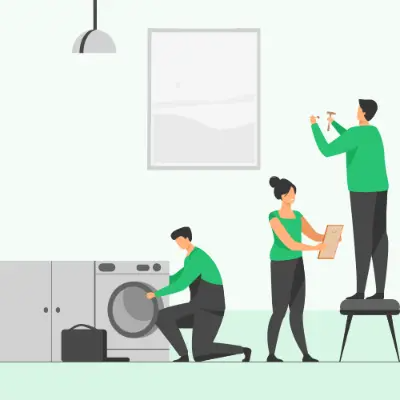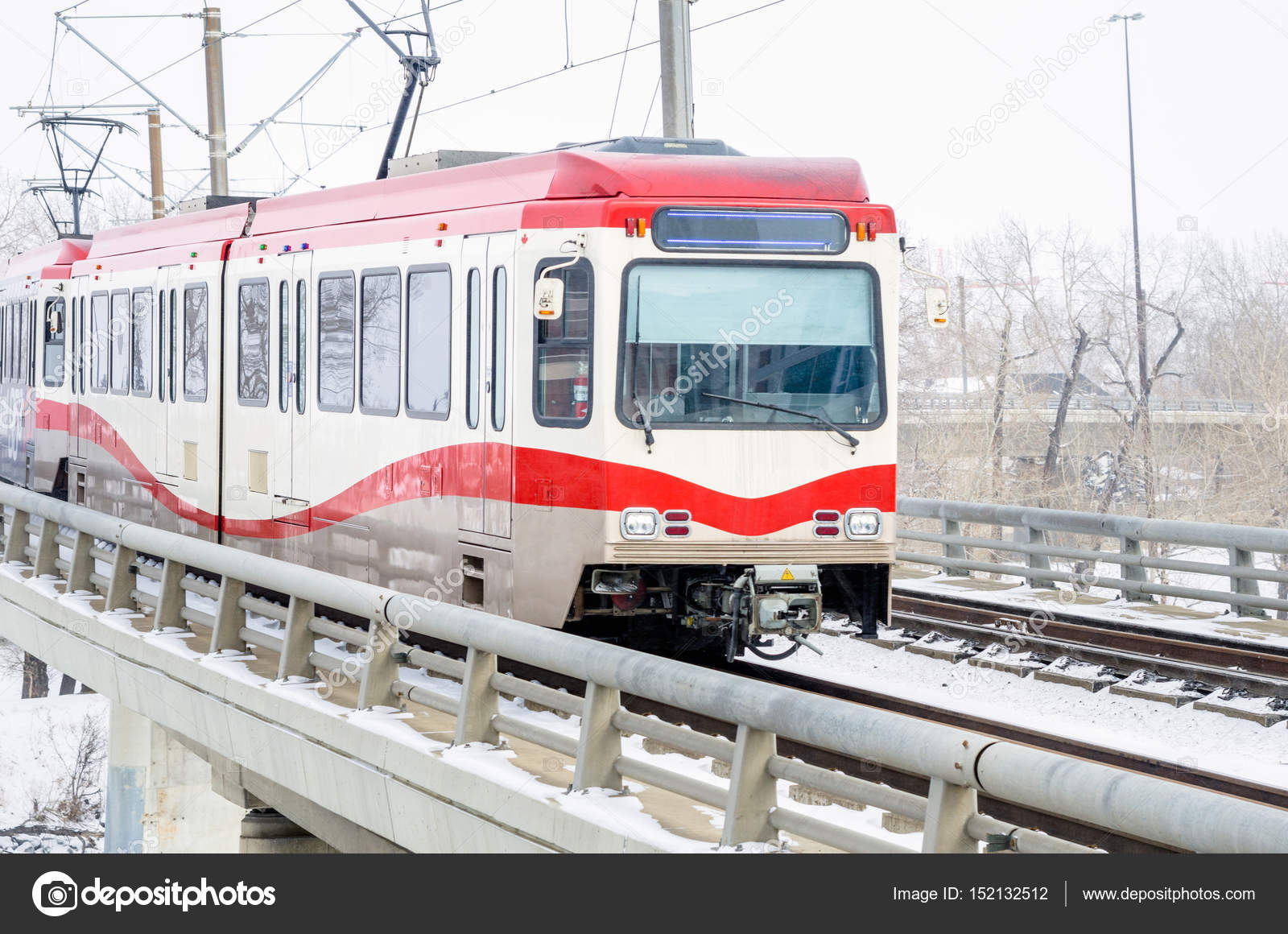Technology has changed the way we book services, including how we find and hire local professionals. Handyman app development is becoming a big opportunity for businesses to meet the growing demand for quick, reliable home repair and maintenance services. From plumbing and carpentry to painting and electrical work, customers now want to hire skilled workers through easy-to-use mobile apps.
If you’re planning to launch a handyman app, it’s important to understand what features are essential. These features will not only make the app user-friendly but also ensure smooth operations for service providers and increase customer satisfaction.
Let’s explore the must-have features you should consider when developing a handyman app.
Understanding the Handyman App Model
What is a handyman app?
A handyman app connects users with local service providers who can handle various home maintenance or repair tasks. These apps typically support services like plumbing, electrical work, furniture repair, painting, appliance servicing, and more. Users can search for a specific service, book an appointment, make payments, and track the service status—all in one place.
How does it work?
The app acts as a digital marketplace. Customers browse services, book professionals, and pay through the app. Service providers get job alerts, confirm appointments, and complete tasks. Admins manage everything from the backend—user data, service listings, payments, and feedback.
To make the app work smoothly for all parties involved, it’s important to focus on features that support convenience, safety, and transparency.
Key Features of a Handyman App
User Registration and Login
The first step in any app is the sign-up process. Make sure users can register easily using their email, mobile number, or social media accounts. It’s best to offer multiple options so users feel comfortable choosing their preferred method.
Profile Management
Once users register, they should be able to set up a profile with basic information like name, address, contact number, and payment preferences. Service providers should also create profiles that highlight their skills, experience, ratings, and work history.
Service Categories
A handyman app should cover a wide range of services. The app must display a clear list of service categories such as plumbing, cleaning, electrical repairs, carpentry, and more. This helps users quickly find what they need without any confusion.
Advanced Search and Filters
To make browsing easier, the app should include a search bar and filters. Users can search for services by category, price, location, ratings, or availability. This saves time and improves user experience.
Real-Time Booking and Scheduling
Allow users to book services instantly or schedule them for later. An in-app calendar lets them pick available dates and times based on the handyman’s schedule. This ensures smooth coordination and avoids last-minute delays.
GPS and Location Tracking
GPS integration helps users find local professionals nearby and track the arrival of their service provider. It also helps service providers reach the right location without having to ask for directions.
In-App Chat and Calling
Communication is important. The app should offer an in-app chat or call feature so users and service providers can discuss job details, clarify questions, or coordinate arrival times.
Price Estimation and Cost Transparency
Customers should be able to see the cost of a service before confirming the booking. The app can offer fixed pricing or price estimates based on the job type. Avoiding hidden charges builds trust.
Multiple Payment Options
Provide users with various payment options like credit/debit cards, digital wallets, UPI, and even cash on delivery. A secure payment gateway ensures safe transactions.
Ratings and Reviews
After a service is completed, users should be able to rate the handyman and leave reviews. This helps future users choose the right person and also encourages service providers to maintain quality work.
Push Notifications
Push notifications can alert users about booking confirmations, arrival times, discounts, and other updates. It helps keep users informed and engaged.
Service History
Users should be able to view their past bookings, including the service type, date, cost, and provider name. This makes it easier to rebook services in the future.
Read More: How On-Demand Handyman App Beneficial for Your Business?
Cancellation and Refund Policy
Your app should include a clear cancellation and refund system. If a service is canceled or not completed, users should have the option to request a refund or reschedule.
Admin Dashboard
An easy-to-use admin panel helps you manage all aspects of the app—user accounts, service listings, payment records, customer support, and feedback. This is where you control the app’s operations.
Promotions and Discount Codes
To attract more users, you can offer promo codes, discounts, and referral bonuses. This encourages users to try the app and make repeat bookings.
Trends to Consider in Handyman App Development
AI-Based Suggestions
With AI, your app can recommend services based on past bookings, search behavior, or current trends in the area. This improves user engagement and makes the app more personalized.
Subscription Plans
Offering membership or subscription plans can give users extra benefits like free service calls, priority booking, or discounts. It’s a good way to build customer loyalty.
Multi-Language Support
Adding language options helps you reach a larger audience, especially in cities with diverse populations. Users will feel more comfortable using the app in their native language.
Emergency Service Requests
Sometimes users need urgent repairs, like a burst pipe or power outage. Adding an “emergency” booking option with higher priority and faster response can be a useful feature.
FAQs
What platforms should I launch my handyman app on?
It’s best to launch your app on both Android and iOS platforms to reach a wider audience.
How much does it cost to develop a handyman app?
The cost depends on the features, platform, and complexity of the design. A basic app may cost less, while advanced features like AI or GPS tracking can increase the price.
Can I launch a handyman app for just one city?
Yes, you can start in one city and expand as your user base grows. Local launch strategies are common and easier to manage at first.
How can I earn money through the app?
You can charge a commission for each service booking, offer featured listings to service providers, or introduce paid subscriptions for users.
Do I need to hire my own handymen?
Not necessarily. You can build a platform that connects independent service providers with customers, or you can manage your own in-house team.

Conclusion
Developing a handyman app is a smart move if you want to tap into the growing demand for home services. With the right features, your app can provide convenience for users, support for professionals, and business growth for you. From booking to payment, every step should be simple and user-focused. To make sure your app works well and stands out in the market, it’s important to work with a skilled team that understands app development and customer needs. If you’re looking for ideas or a framework to begin with, even a ready-made solution like a gojek clone app can give you a strong starting point for launching your own handyman platform.






